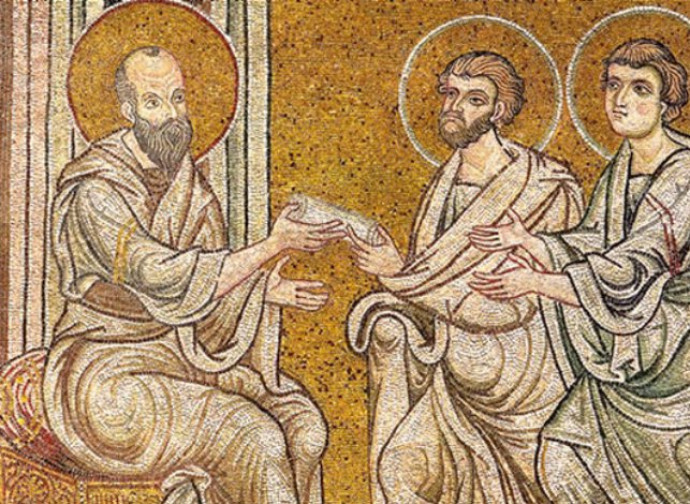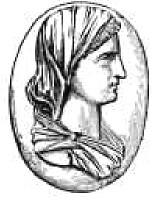It seems many Marcionite Christians, after the death of Marcion of Sinope, began to consider the Pastoral Epistles texts as part of an expanded Marcionite canon.
This is supported by the fact that there were also Marcionite-esque Latin prologues found for the Pastoral Epistles, in particular for the Epistle to Titus:
“He warns and instructs Titus concerning the constitution of the presbytery and concerning spiritual conversation and heretics to be avoided who believe in the Jewish fables.”
Tertullian said the fact that the Pastoral Epistles were not part of Marcion’s Apostolicon astonished him, perhaps, because he could see some of the similarities between their content and that of the other Pauline letters, highlighted by the various prologues. Given the Marcionite character of the prologues to the first set of letters, recognized by Marcion, and some Marcionite features in the prologues to the Pastoral Letters, it seems that Marcionite collecting of Pauline epistles and prefacing them carried on after Marcion’s death.
Ephrem the Syrian refers to Marcionite Christians using 1 Timothy. Interestingly, 1 Timothy is the only epistle that directly quotes the Evangelicon.
Further, in some of his homilies against the Marcionite Christians, John Chrysostom referenced their use of 2 Timothy, which again shows a canon that continued to grow in the centuries following Marcion’s death.
So why did Marcion of Sinope not originally include these epistles in the Apostolicon? Did he reject them? Not necessarily; he may not have known of them.
The Pastoral Epistles were personal letters that may not have been as widely circulated as letters to the various churches, thus making them harder to compile. Not to mention they were also among some of the last letters penned by the Apostle Paul, meaning they were circulated for a shorter period of time before Marcion of Sinope began to compile the epistles during his travels.
Like the Epistle to the Alexandrians (Hebrews) all of these epistles will be included in the Testamentum going forward, within the Antilegomenon. The Antilegomenon includes all the written texts of the Apostle Paul, whose authenticity or value is disputed.
The Marcionite Church of Christ views these texts as a second canon or ‘deuterocanonical.’
These texts are useful to read for theological and historical purposes but are not equal to the Evangelicon and Apostolicon. Unlike apocryphal books, these texts may occasionally be used for liturgical purposes.
If, in the future, these texts can be definitively confirmed to be authentic works of the Apostle Paul, and their original, non-interpolated versions are found or can be reconstructed, the Marcionite Church of Christ would consider them to be included in the Apostolicon proper.
The versions of these epistles included in the Antilegomenon are shortened from the mainstream versions. The Marcionite Church of Christ relied primarily on the citations, allusions, and attestations of Clement of Alexandria, an early Christian theologian who lived ca. 200 AD., to reconstruct these epistles to be closer to their original form. In addition to Clement of Alexandria, we relied on other citations from 2nd-century patristic sources such as Hermas, Tatian, Theophilus, and Athenagoras.
Like the other Pauline works, these epistles were expanded upon and edited by later Christians to comport with the emerging orthodoxy of the Church. At this point, many anti-Marcionite motifs were added to the Pastoral Epistles specifically.
The reconstruction of the Pastoral Epistles is based primarily on the work of Maegan C.M. Gilliland (The Text of the Pauline Epistles and Hebrews in Clement of Alexandria, 2016) and secondarily on the work of Philip Schaff (Ante-Nicene Fathers, 1885).
You can read the First Epistle of Paul to Timothy here, the Second Epistle of Paul to Timothy here, and finally, the Epistle of Paul to Titus here.



